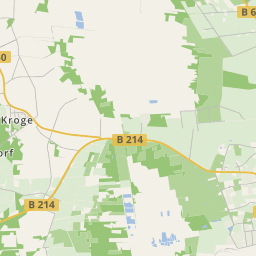












The Dümmer lowland emerged after the last Ice Age roughly 10.000 years ago. Then the lake flooded an area of ca. 30.000 ha. The flooded surfaces changed mostly into fens and high moors. Today the earlier flooded surfaces are protected as wetland.
The area of the Dümmer lowland encompasses around 7.900 ha. In its centre lies the lake with its open water surface and its reeds, around the lake are wetlands in the north and intensively used fens and high moors in the west and north. Small areas of wooded areas (alluvial forest and alder swamps) are interspersed.

Centre of the 472 km² large nature reserve is the 16 km² large Dümmer, fed by the Hunte. It is Lower Saxony's second largest inland waters. In this 'wetland of international importance' live many rare and endangered bird species (lapwing, white stork, black tern, common snipe, black-tailed godwit and so on). Also during the winter half year there are many resting water birds here from north and east Europe.

The lake and surrounding meadow landscape are a first class birds' paradise. Especially meadow and water birds like the expansive open countryside. Rare birds species like lapwing, curlew, black-tailed godwit and common snipe are breeding there. The importance for nature protection lies in the close neighbourhood and large expanse of water surfaces, silting up zones, forest mire and the wetlands in the fen areas.